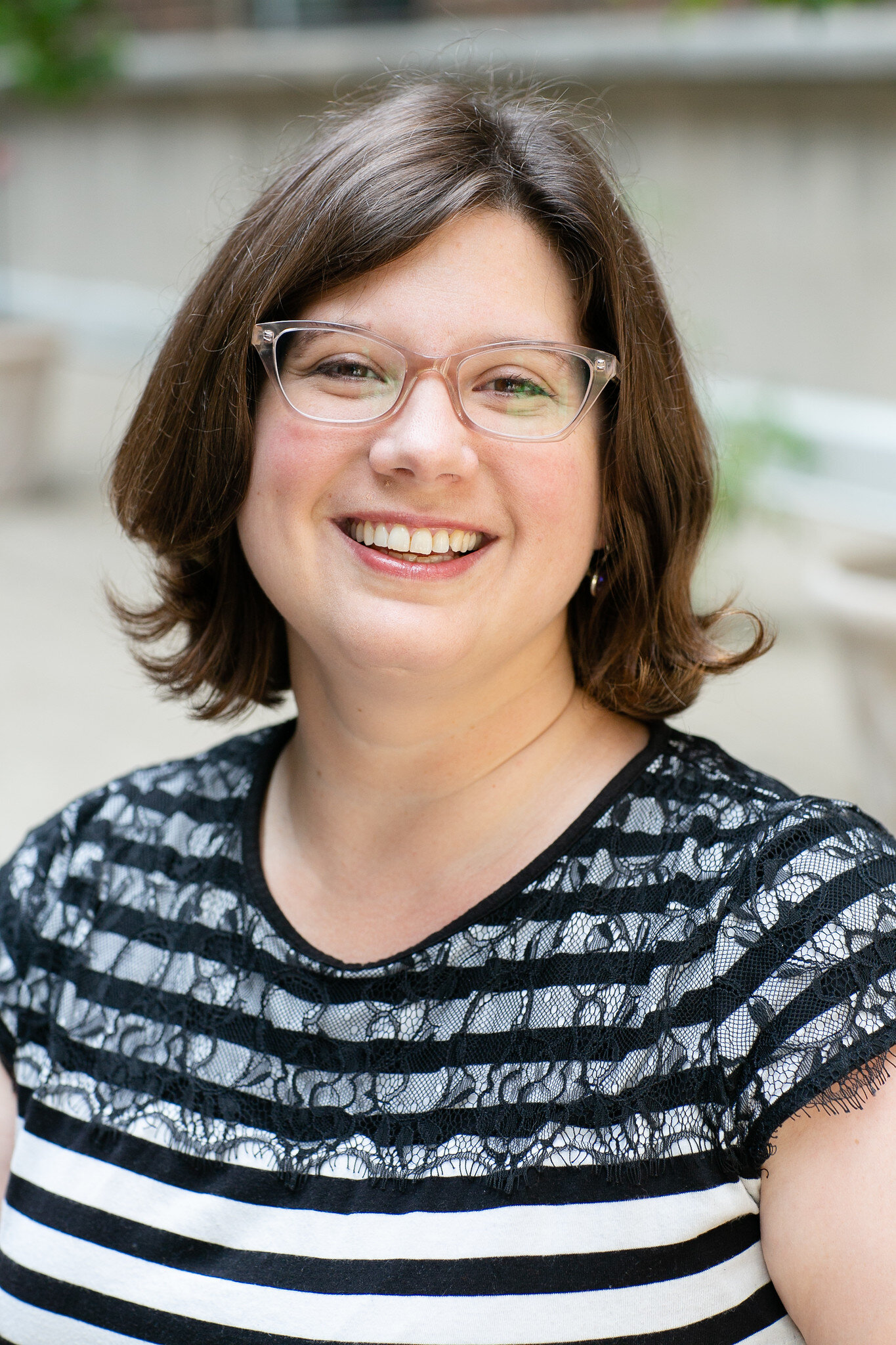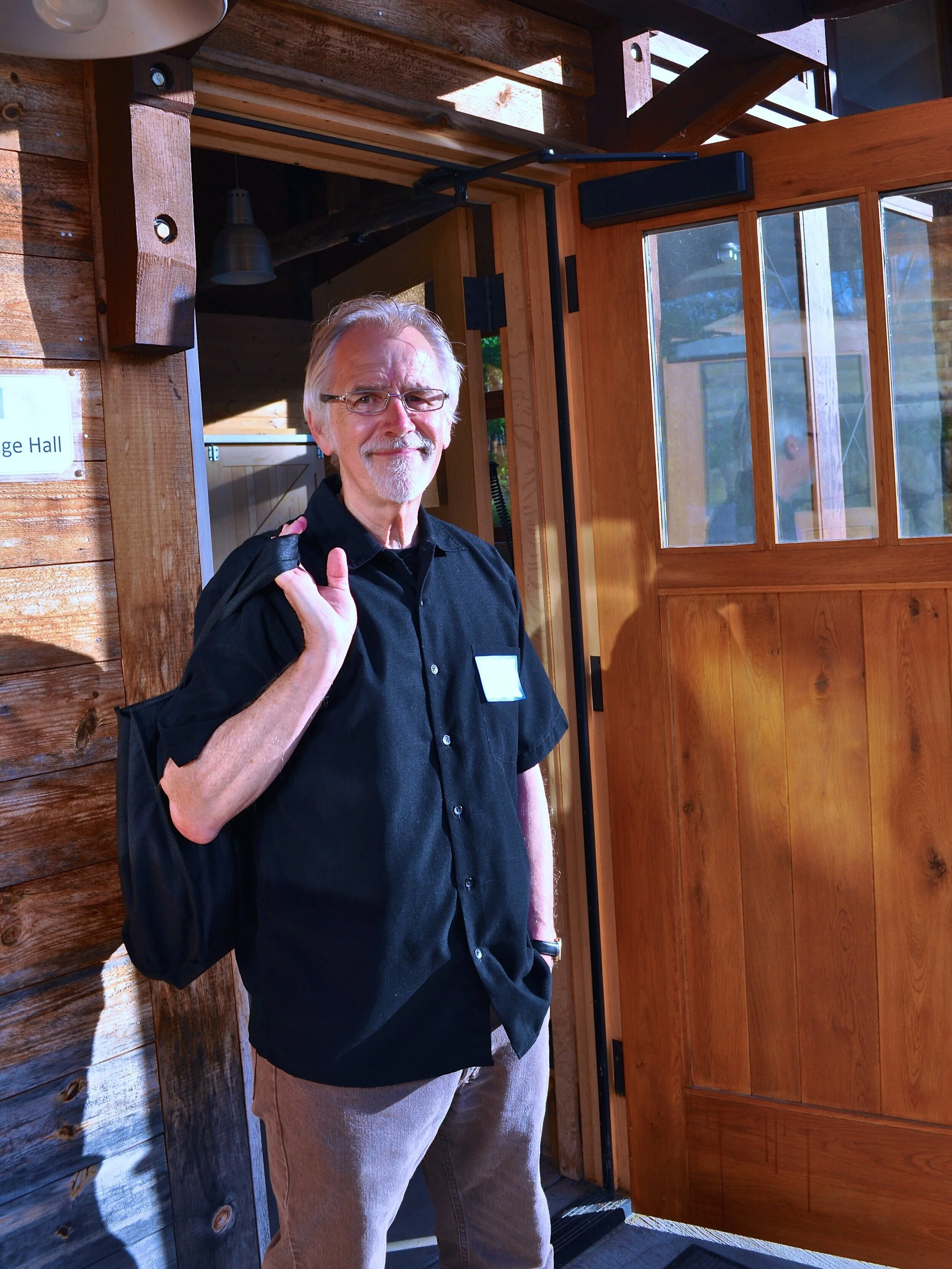Charlotte Gutzmer
As writers, we all understand the magic that comes with transcribing our innermost thoughts into tangible stories—what you may not fully recognize, however, is how the creative and transformative power of teaching can be just as magnificent.
Larry Watson isn’t just a renowned writer: he’s also an acclaimed teacher who has been teaching for over 40 years! With decades of experience in the craft of writing and the art of teaching, he has published ten novels, the fiction collection JUSTICE, and the poetry collection Late Assignments. His work has received critical acclaim and won awards and prizes from Milkweed Press, Friends of American Writers, Mountain and Plains Booksellers Association, and more: his 2013 novel, Let Him Go, has even been adapted to the 2020 film sharing the same name and starring Kevin Costner and Diane Lane. On Tuesday, June 1st at 7pm, join him in his upcoming CVWG craft talk: “40 in 40: Lessons from 40 Years of Teaching Condensed into 40 Minutes”.
His craft talk will focus on “narrative modes, conflict in story and how it corresponds to story structure, and the storytelling devices that do a particularly effective job of engaging readers.” Those who join will also learn about “some exercises that might lead to the creation of full-length fictions or that might be incorporated into longer narratives.”
I recently had the pleasure of chatting with Larry Watson about his work, his escapades in education, and about his upcoming craft talk. Read on to learn all about how tension “pulls a story taught”, how his experiences in teaching transformed his work, and more.
Charlotte Gutzmer: Congratulations on your novel Let Him Go being adapted into a film! What was the most exciting part of adapting your novel for the screen, and what challenges did it pose?
Larry Watson: Thanks. It was pretty exciting. But really, I had next to nothing to do with making the film. All the challenges of adapting the novel fell to Thomas Bezucha. He wrote the screenplay. He was also a producer and he directed the movie. All credit goes to him and his commitment to the project.
CG: You’ve published 10 acclaimed novels, a fiction collection, and a book of poetry. As someone well-versed in many forms of storytelling, how does the process of writing shift from one mode to another?
LW: I don’t write many short stories. It’s just a very difficult form for me, perhaps because I can never be sure what can be left out. Poems I have to wait for, and they don’t come around much anymore. When they do, I need to get a complete draft written—no matter how rough—as quickly as I can. Subsequent revisions can take hours or years or any span of time in between. But novels I can approach and work on like a job in an office. I can—and do—write something every day. I’m slow but steady.
CG: Your most recent novel, The Lives of Edie Pritchard, “crackles with tension”, according to Kirkus Reviews, and your upcoming craft talk will focus on conflict in story. How do you add tension to your writing, and what makes tension so integral to narrative?
LW: I consider the scene a structural fundamental in my fiction, and I try to make sure that there’s some tension in every scene. It might not be overt (and come to think of it, it seldom is), but there needs to be something to pull things taught. That something often has to do with a character’s desire, stated or unstated. And what one character wants might well be at odds with what another character wants. But if the scene has only one character, I still have to find a way to introduce a conflict of some kind.
CG: In your poetry collection Late Assignments, you refer to memory as a storyteller. How, in your opinion, does memory play a role in telling stories, and how can writers begin to transcribe them?
LW: I’ve said that I write from memory more than from observation. And I think of memory as a kind of filter. Whatever sticks in the filter is there for a reason, though I might not know what that reason is. Part of my task as a writer is to present the image or incident in such a way that its significance becomes apparent. (Significance isn’t necessarily the same, in my view, as meaning). I also don’t care whether the memory is “true” or not; it can be useful for fiction either way. In this way, memory can contribute to storytelling.
CG: In your opinion, what are some of the biggest misconceptions about teaching, and what are some of the greatest rewards?
“I don’t think people who don’t teach understand how much time it takes. It goes way beyond hours in the classroom or even hours reading student writing”
LW: I don’t think people who don’t teach understand how much time it takes. It goes way beyond hours in the classroom or even hours reading student writing. Research is often required to work up lessons or compose lectures (even very short ones). And teaching takes up a lot of thought-time, as teachers think about what they’ll do in class that semester, that week, that day, that hour. Every student is different, and attention must be paid to how all those individuals are progressing—or not. All of these things are true of writing, too. No matter how much time a teacher devotes to [their] classes and students, [they] can always do more. And no matter how much time a writer spends on his writing, he/she can always do more. More time is what both writers and teachers always need. Of course what writers and teachers learn from their art/craft can be tremendously rewarding, and some of those things are discoveries that could never be reached without the classroom or the devotion to a piece of writing.
CG: How has your style of teaching changed over the course of 40 years, and what’s the most important lesson you’ve learned from your experiences as a teacher?
Maybe I became a bit more efficient as a teacher. After all those years, I might have developed a better sense of the lessons and activities that would be useful and helpful to students. And while this isn’t exactly a lesson, I learned early on that in virtually every class there’d be at least one student with the talent and skill to be a published writer. It was wonderful to come across those students. It was also wonderful to see that other students usually recognized that talent too and went out of their way to praise the writer and the work. But not all those talented writers went on to write and publish. Something besides talent and skill is required.
CG: How has your experience teaching in colleges and universities influenced your writing?
LW: Oh, the influence is so great I couldn’t begin to summarize it! But here’s one way that writing and teaching worked together for me, and, I suppose, influenced each other. In creative writing classes, I usually did the same assignments—both in class prompts and more formal exercises—that I gave my students. Doing that helped me understand what a writer was likely to come up against in the writing. And on a few occasions, what I wrote turned out to be something more than an exercise. I came up with drafts of poems, ideas for stories, and scenes for novels. I tried never to give students exercises or assignments that were frivolous or that couldn’t lead to or couldn’t be a part of something useful to writing fiction, poetry, drama, or nonfiction.
So what are you waiting for? Register today for Larry Watson’s craft talk to experience 40 wondrous years of teaching in what may be the most rewarding 40 minutes of you





































